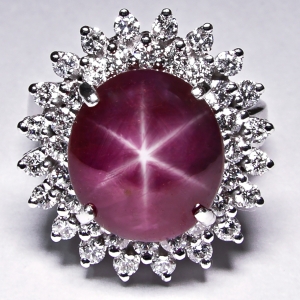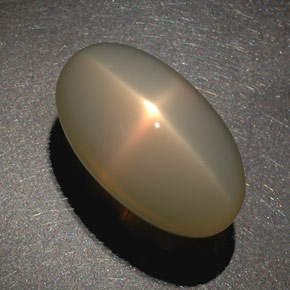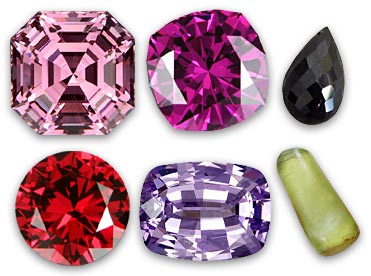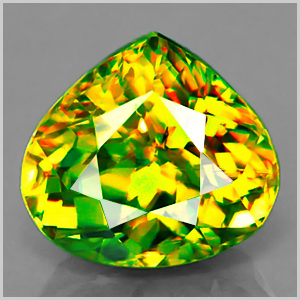Circlet
A circlet is a crown with neither arches nor a cap, which is internal covering. It known in greek as stephanos, and in latin as corona operta, or simply “open crown”.
Many ancient crowns were circlet in style, notably the original St. Edward’s Crown, the coronation crown of English monarchs, which was destroyed by Oliver Cromwell during the Commonwealth of England. In fairy tales, crowns often continue to be represented in circlet form.
There are similar definition and used between Circlet, Tiara and Crown.
Tiara – In modern times the tiara is generally a semi-circular band, (open in the back), usually of metal and sometimes decorated with beads or gem stones. It can be worn high on the head, or on the forehead like a circlet.
This style of tiara is often seen as head adornment in a wedding ceremony or handfasting as a bridal tiara. The fictional character Wonder Woman wore a tiara, which also served as a weapon.
Circlet – A circlet is a crown without the arched pieces that connect to an ornament at the top or the fabric cap attached to the inside. Many crowns throughout history have been circlet in style, and today, this is the most popular form of crown used in weddings, rituals, renaissance faires, celtic festivals, and in quality costumes. Our Tiaras are technically Circlets because of the chain in the back that completes the circle.
Crown – We include the term crown on our site simply because most people looking for head adornment may not be aware that what they are most likely looking for is a tiara or circlet. A crown is a circlet with the arched pieces that connect to an ornament at the top or the fabric cap attached to the inside.








